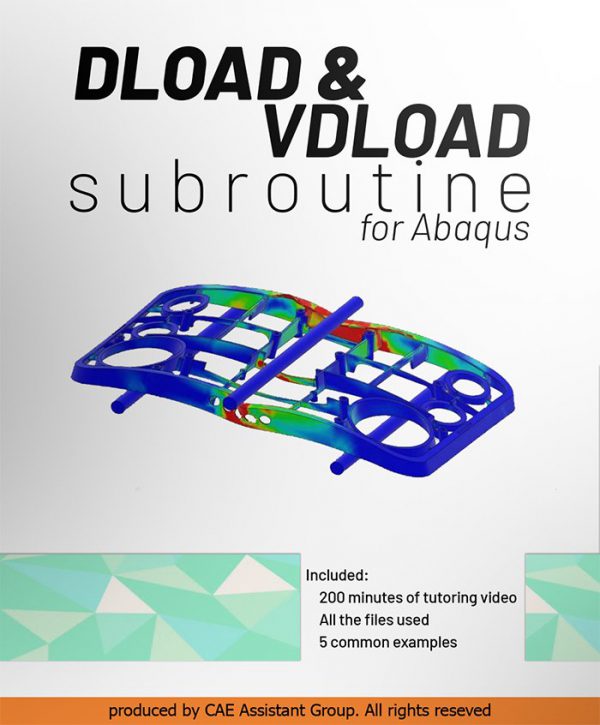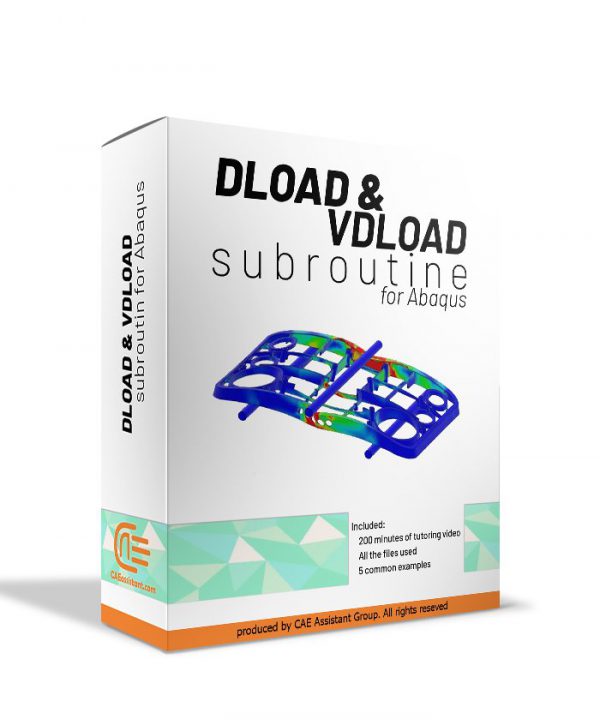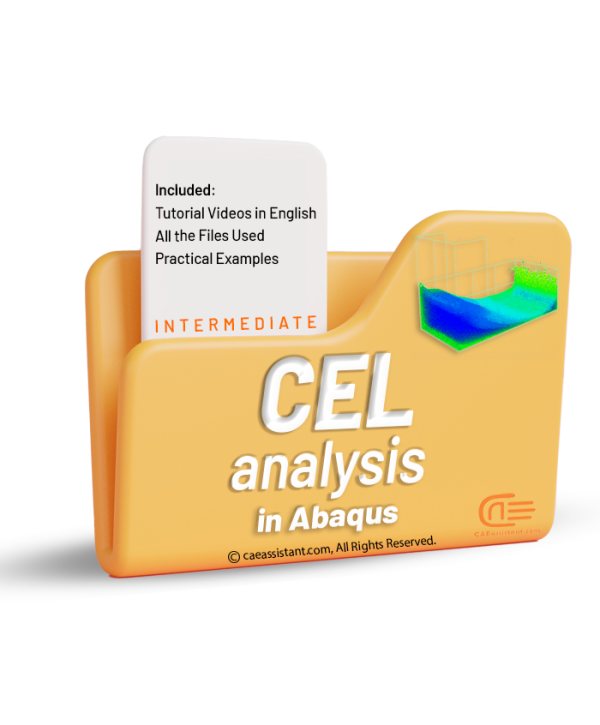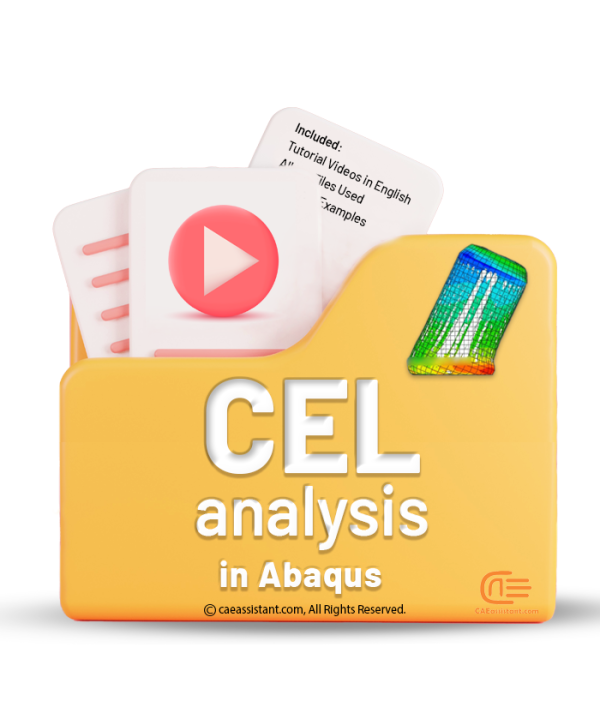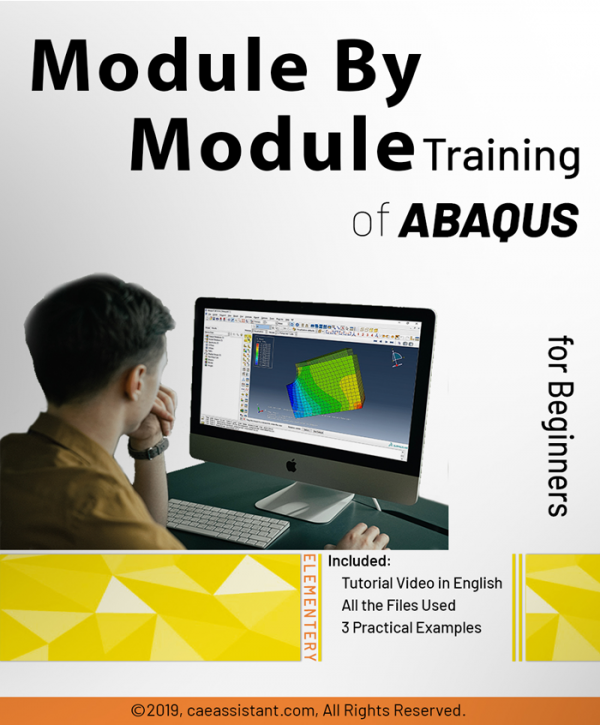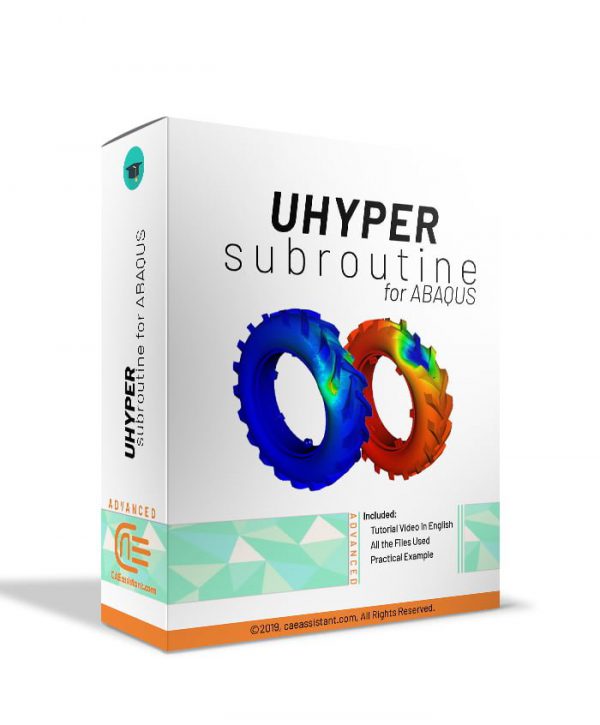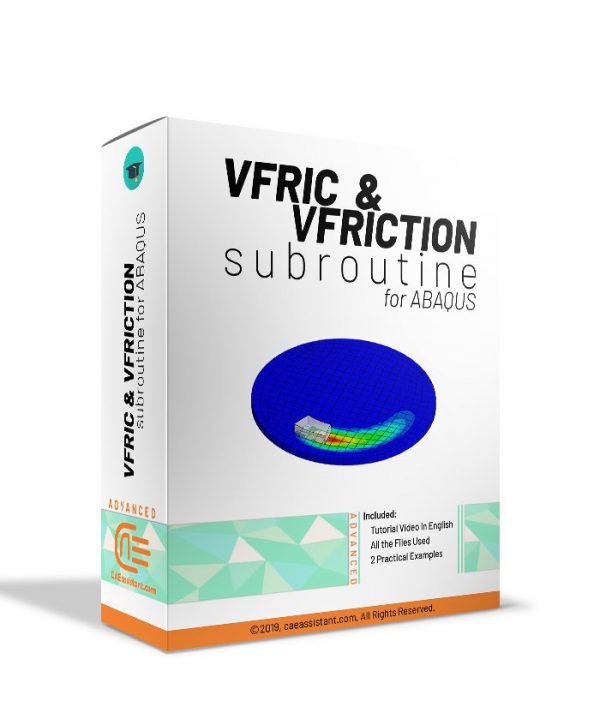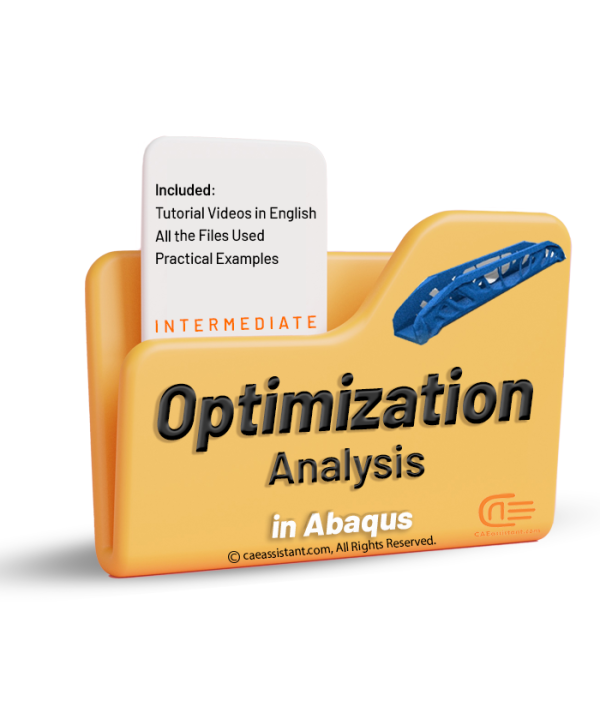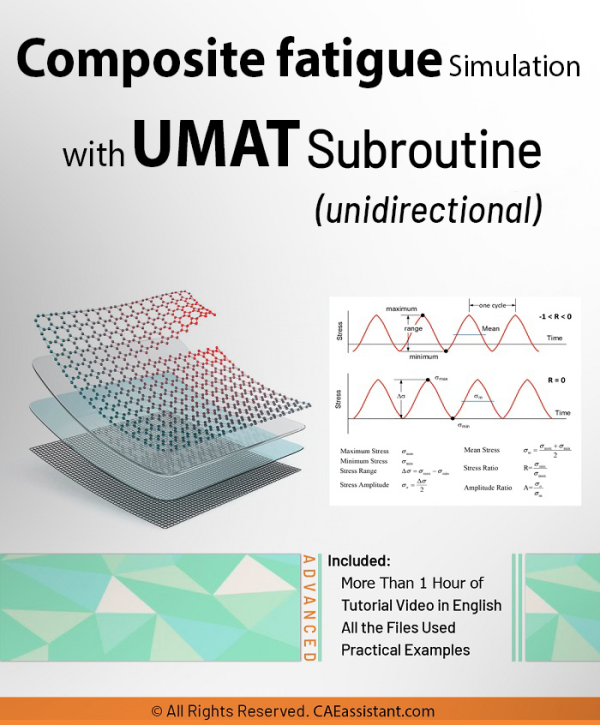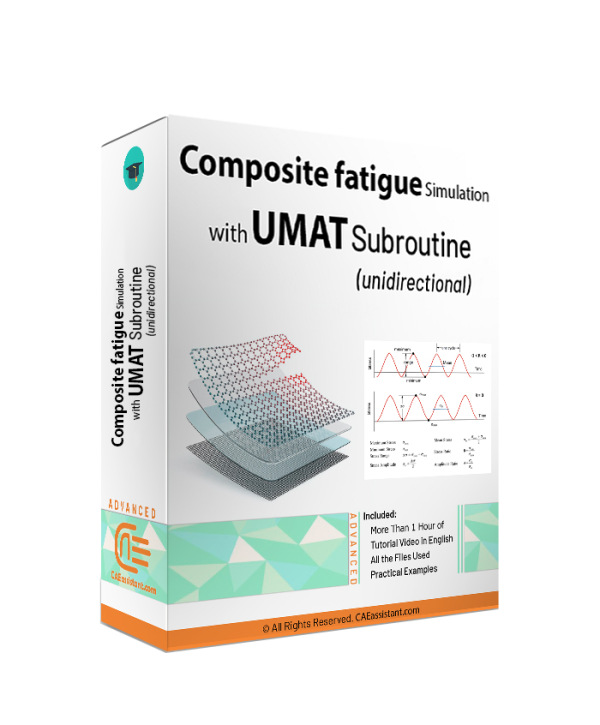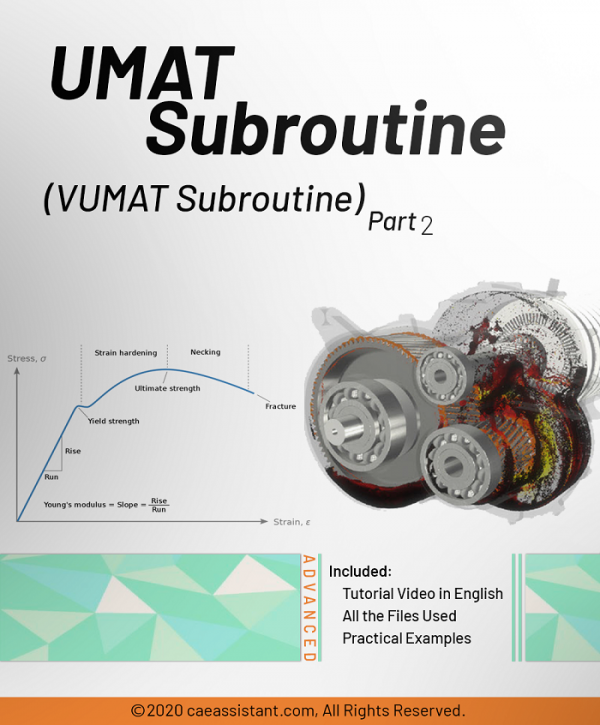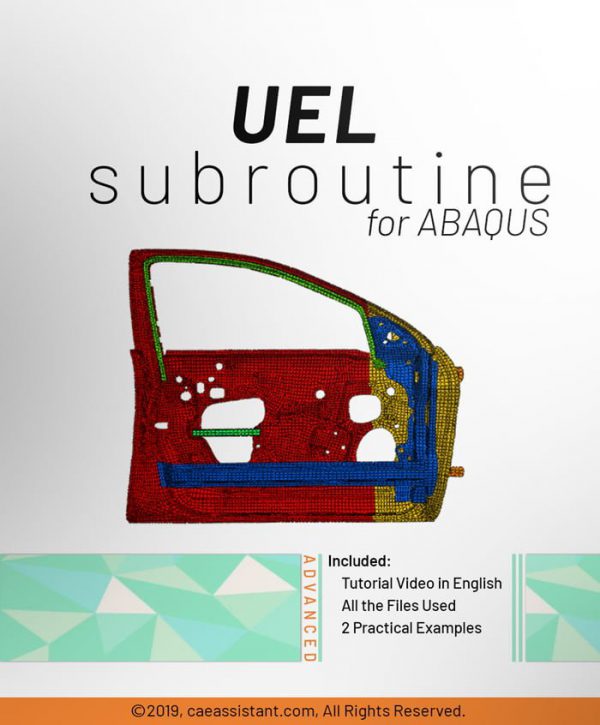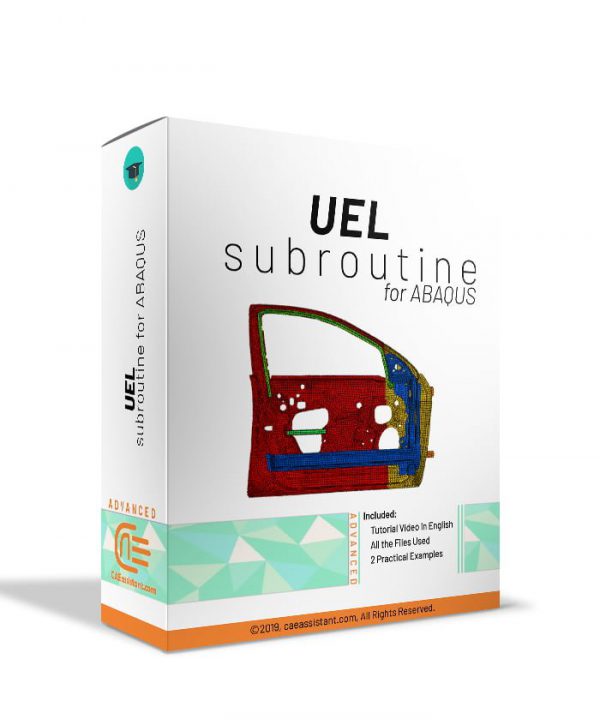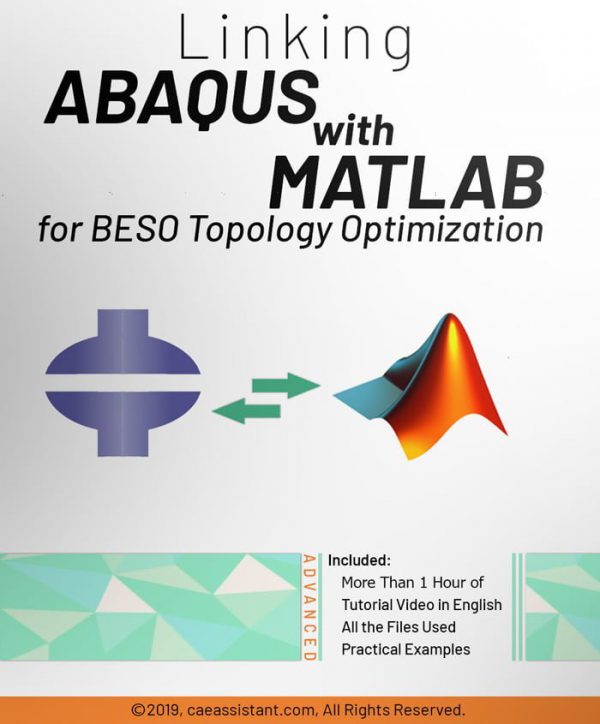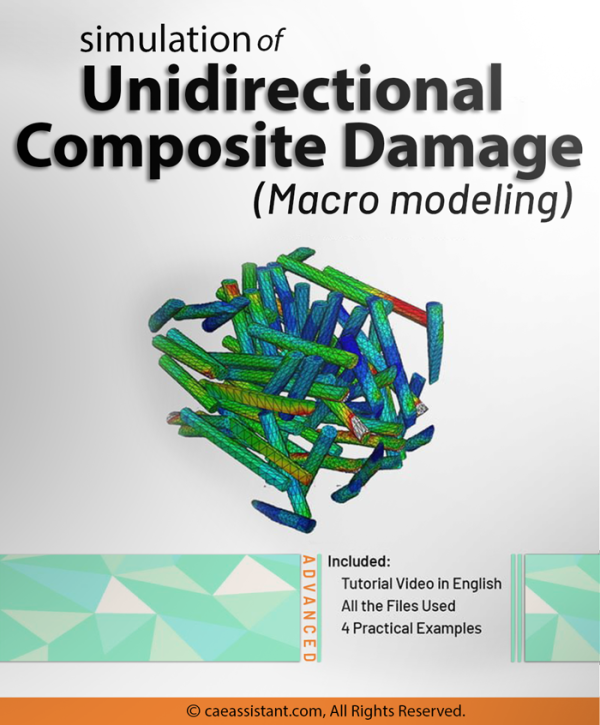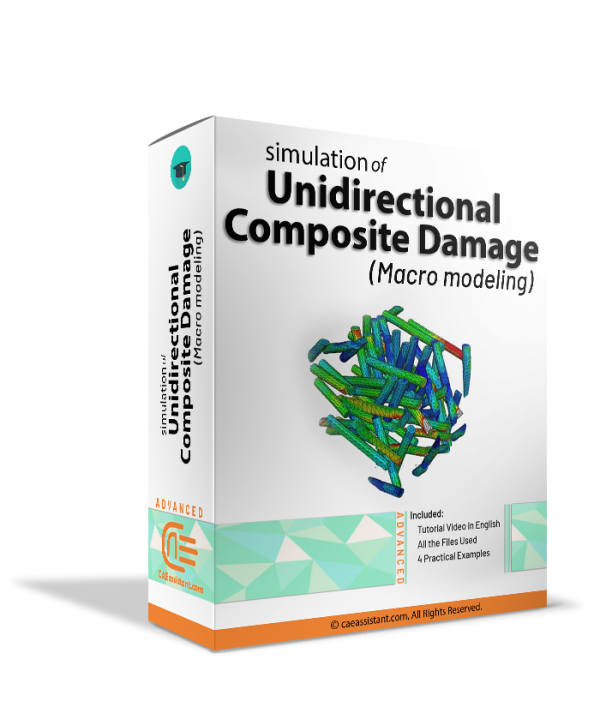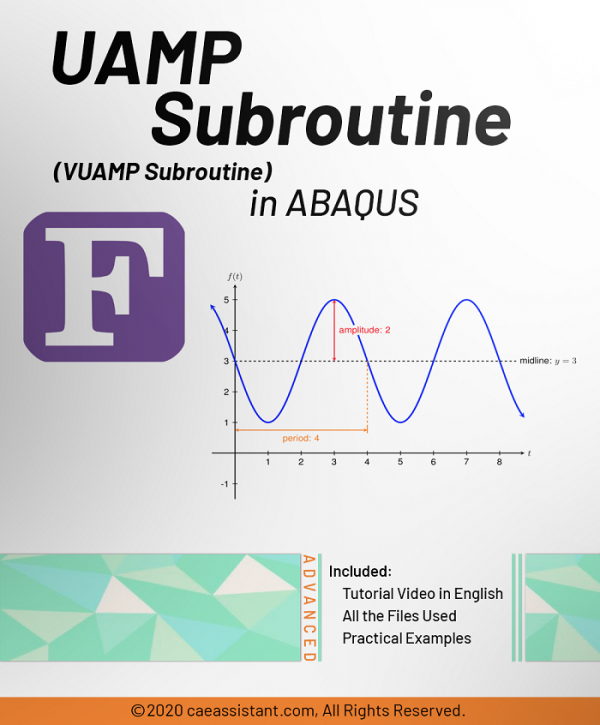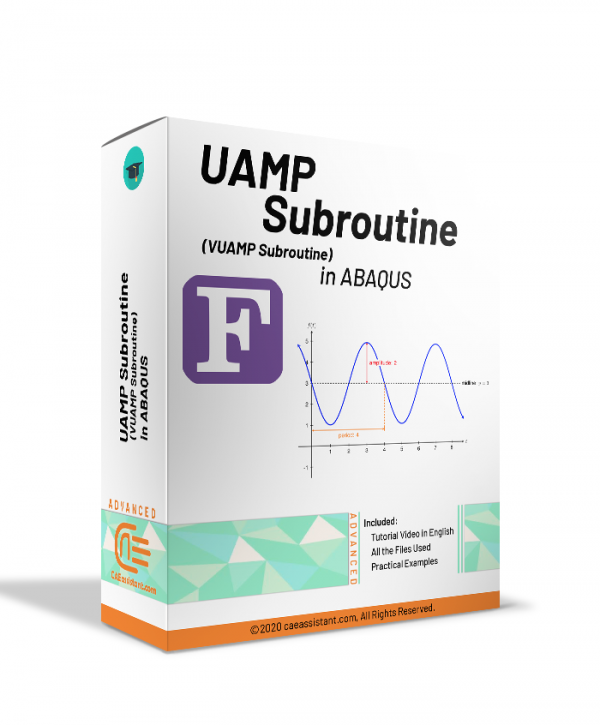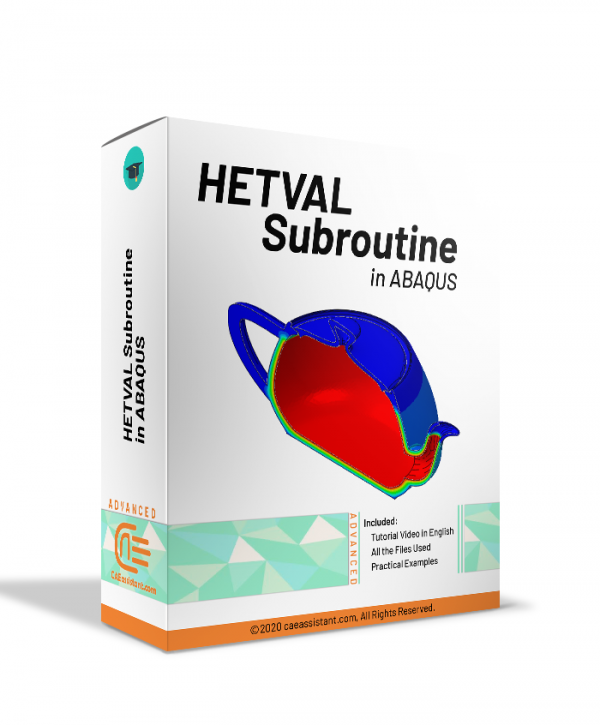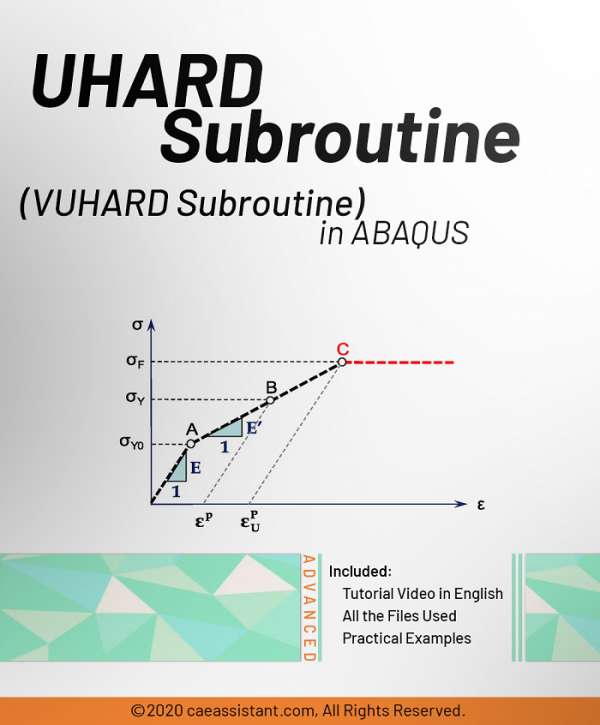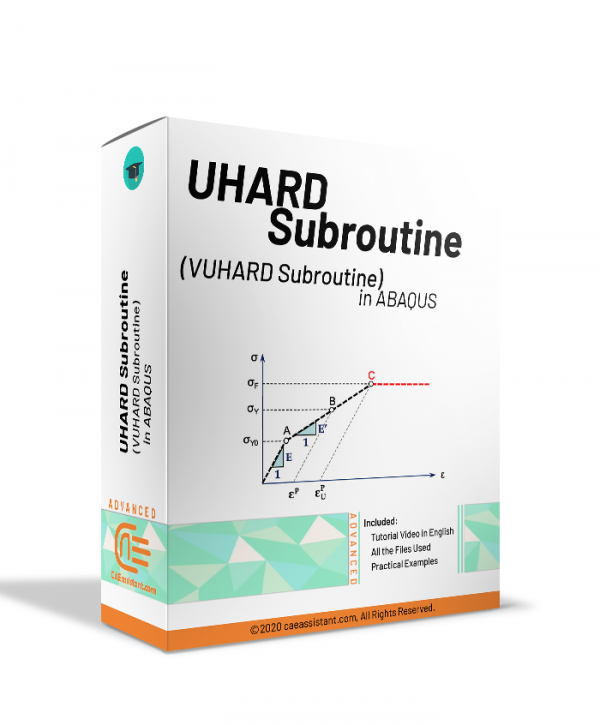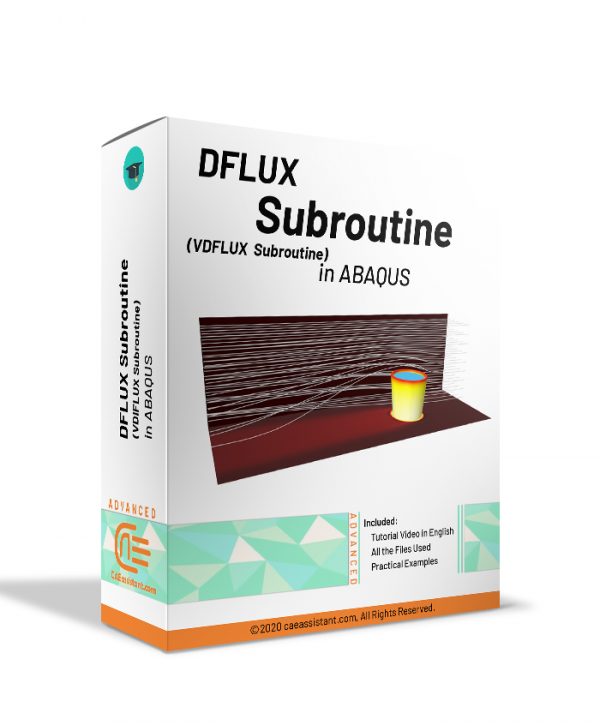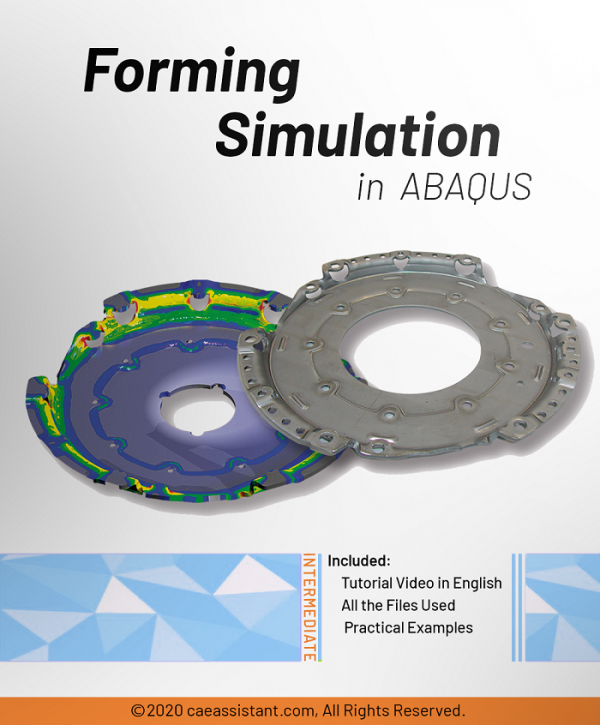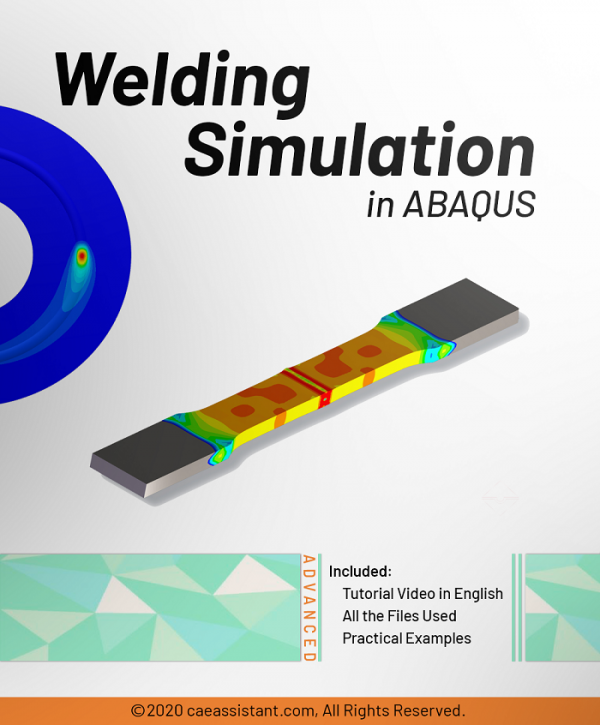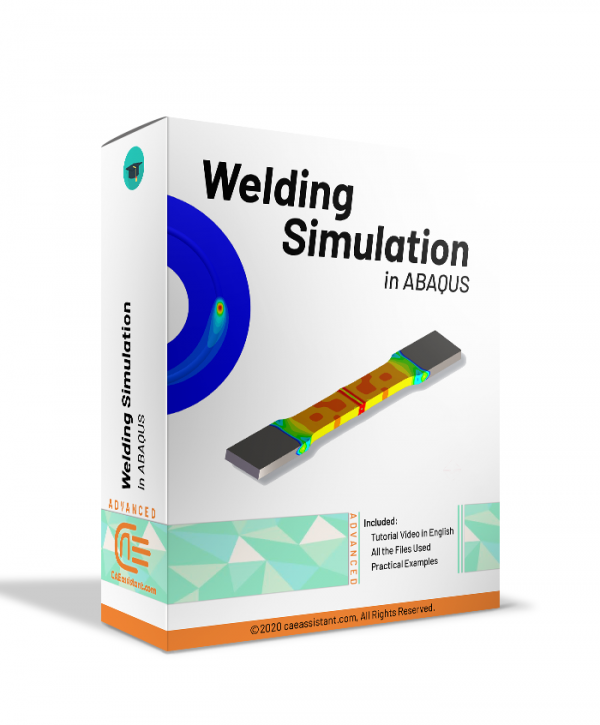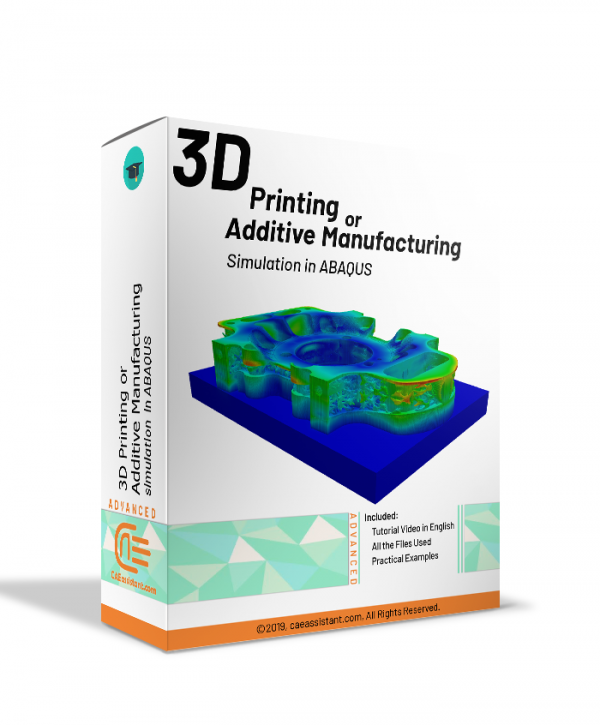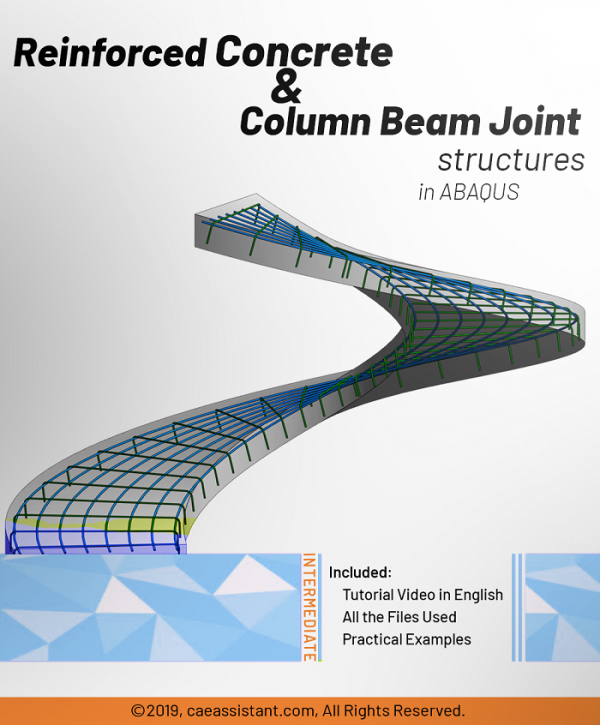Abaqus DLOAD Subroutine and VDLOAD Subroutine
Module by module Abaqus Training
Introduction to VFRICTION and VFRIC Subroutines in ABAQUS
This tutorial help you in cases where the classical Columbian equations are more complex and cannot be implemented by the graphical ABAQUS environment. This package introduces and teaches how to write these two subroutines. This introduction contains explaining different optional and mandatory parameters of VFRICTION and VFRIC subroutines.
Optimization in ABAQUS Analysis
Composite Fatigue Simulation with UMAT Subroutine in ABAQUS (unidirectional)
Customized package-ENSTA Bretagne
Advanced UMAT Subroutine (VUMAT Subroutine) – Abaqus UMAT tutorial
Introduction to UEL Subroutine in ABAQUS
Simulation of Unidirectional Composite Damage in ABAQUS
ABAQUS FEA Training (Free cantilever beam tutorial)
UMESHMOTION subroutine in ABAQUS
UAMP subroutine (VUAMP subroutine) in ABAQUS
UHARD Subroutine (VUHARD Subroutine) in ABAQUS
DFLUX Subroutine (VDFLUX Subroutine) in ABAQUS
Additive Manufacturing or 3D Printing Abaqus simulation
Concrete reinforcement and column beam joint structures in ABAQUS

